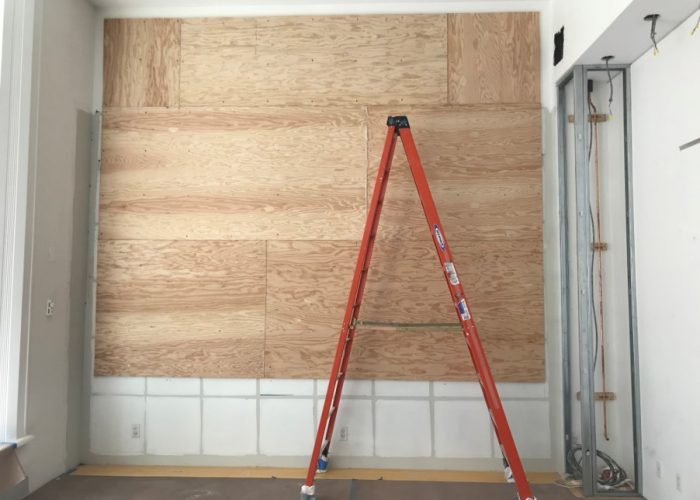Our system is preferred by architects and designers because of its narrow profile, low water use and minimal soil. We use a patented variation on hydroponic techniques that do not use pots, trays or shelves. Plants that are grown in pots or trays consequently become root bound and eventually die. So our vertical gardens are visually distinct. Plants are able to grow to their full potential resulting in some small trees reaching as much as 7 feet in length.
Plants need water and proper lighting to thrive. Therefore a vertical garden system installation requires access to water (either from a plumbing line or from a reservoir) and an electrical outlet. We recommend lighting choices to our clients and they install the fixtures they prefer. The client prepares their wall space by attaching a back board. After the key elements are in place a plant wall can be installed over a few days.
We offer two basic system: a semi-automatic (self-circulating) or a fully automatic vertical garden system. If you are just beginning a renovation or new build and can include a water source and drain in your plans then an automatic system is a good choice. However, if you cannot easily connect to a water source and drain then a semi-automatic system with a reservoir at the base is best.

We can create your own vision of lush living plant art.